Air France A321 at Paris on Jul 20th 2012, speed drops to alpha prot on approach
The BEA have released their final report in French concluding the probable causes of the incident were:
- the useless decision by the pilot flying to place the thrust levers into IDLE in an attempt to increase the rate of descent which led to the configuration of autopilot engaged, autothrust off.
- limited crew coordination leading to the lack of active thrust management to control the speed while the engines were at idle and the autoflight control was mixed (AP on, AT off).
- both pilots focussing on the external environment which resulted in the non-detection of decreasing speed until the onset of high angle of attack protection
- inadequate training of the pilots to identify the entry into high angle of attack protection
The BEA reported that the spoilers elevator computer (SEC) #1 had been indicated inoperative during the takeoff run. The crew subsequently worked the associated checklist which indicated the spoilers should not be used in flight.
The aircraft was on approach to Paris with the left hand autopilot and left hand autothrust engaged at 250 KIAS in open descent mode (engines at idle thrust and vertical speed adjusted to maintain 250 KIAS). While the aircraft was descending from FL090 to FL060 the controller cleared the aircraft to 4000 feet and asked to increase the rate of descent, the aircraft should be stable at 4000 feet 18-20nm out. The aircraft is in a configuration to meet that request, the pilot flying however decided to increase the descent. As the spoilers can not be used the pilot decided to move the thrust levers to idle, which does not change anything on the engine thrust but disconnected the autothrust system without the pilot flying being aware of that consequence. In addition, the pilot flying did not remember to call out his action, the pilot monitoring thus did not become aware of the action and the autothrust disconnect. The BEA analysed however that the autothrust disconnect is clearly announciated with a visual alarm and a single Master Caution Chime.
The pilot flying subsequently selected 220 KIAS into the speed window after receiving an according speed restriction from ATC. The aircraft later reached 4000 feet and the autopilot levelled off capturing the altitude. As result the airspeed of the aircraft began to decay and decreased below the target speed.
At that point ATC pointed out traffic in 12 o'clock 7nm in opposite direction 1000 feet above the A321, both pilots looked out of the windows focussing to detect the traffic. In the meantime the pitch and angle of attack continuously increases as the airspeed decays and reaches 177 KIAS, 26 knots below the minimum selectable speed, and Alpha Prot mode activates. Two seconds later the pilot flying advanced the thrust levers to CLB, the aircraft lowers the nose and begins to descent below 4000 feet. The speed reached a minimum of 172 KIAS before the aircraft began to accelerate again and reached a minimum of 3840 feet. As the airspeed increased and the pitch angle the pilot flying gave a nose down command to counteract the nose up tendency induced by the accelerating engines, the nose down command also disabled the Alpha Prot with the pilot flying being unaware, the pitch stabilized at 3 degrees and the aircraft climbed back to 4000 feet and established the assigned target speed. The crew continued the approach for a safe landing.
The BEA stated that the flight was the last one of a 4 days rotation for the crew.
The BEA analysed that pulling the thrust levers to idle did not assist with the actual aim to increase the rate of descent, but as a side effect the pilot flying was unaware of, disconnected the autothrottle. The pilot flying also did not announce his action, so that the pilot monitoring could not question the action which would perhaps resulted in the crew detecting the autothrottle disconnect. Nonetheless, a visual alert as well as single master caution chime was generated and the flight mode announciators changed when the autothrottle disconnected, none of the pilots recognized the disengagement of autothrottle though. By disconnecting the autothrottle without announcement the pilot flying create a degraded cockpit environment and a mixed automation mode with autopilot on and autothrust off, which increases the workload of the crew requiring manual adjustment of thrust.
A safety brief by the manufacturer had addressed the issue in 2012 stating that "joint automation", autopilot on and autothrust off, must be avoided, autopilot on requires autothrust on.
http://avherald.com/h?article=455c3eae/0000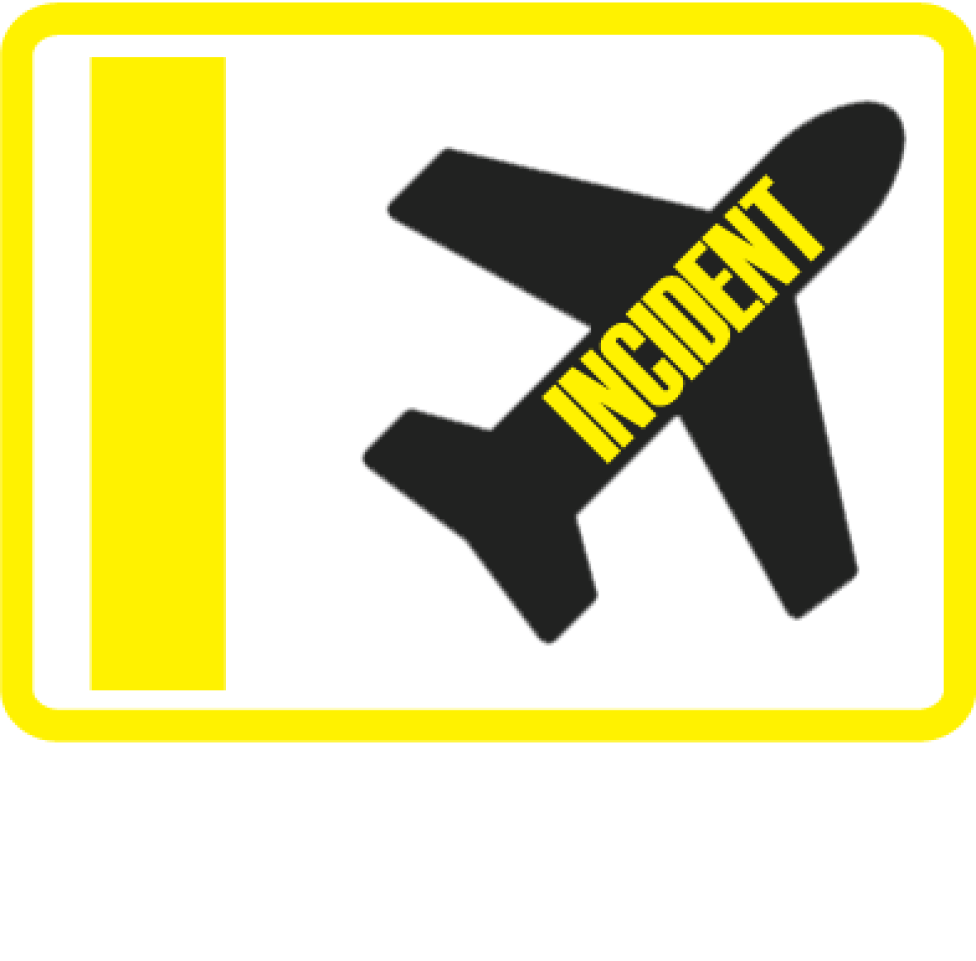

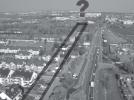
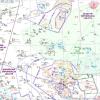
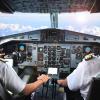
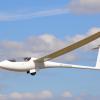









Komentarze